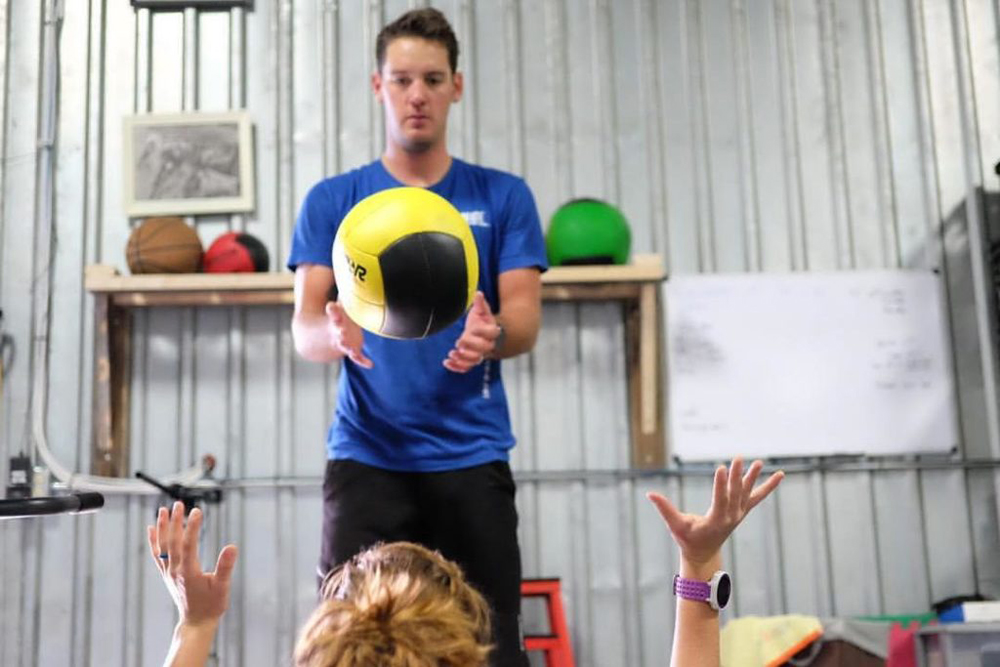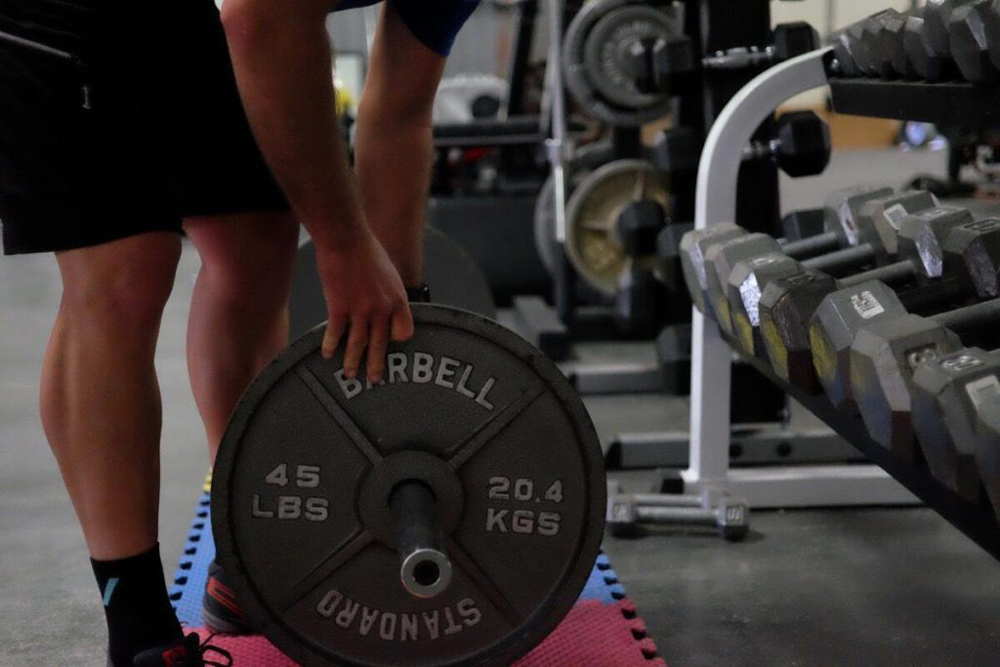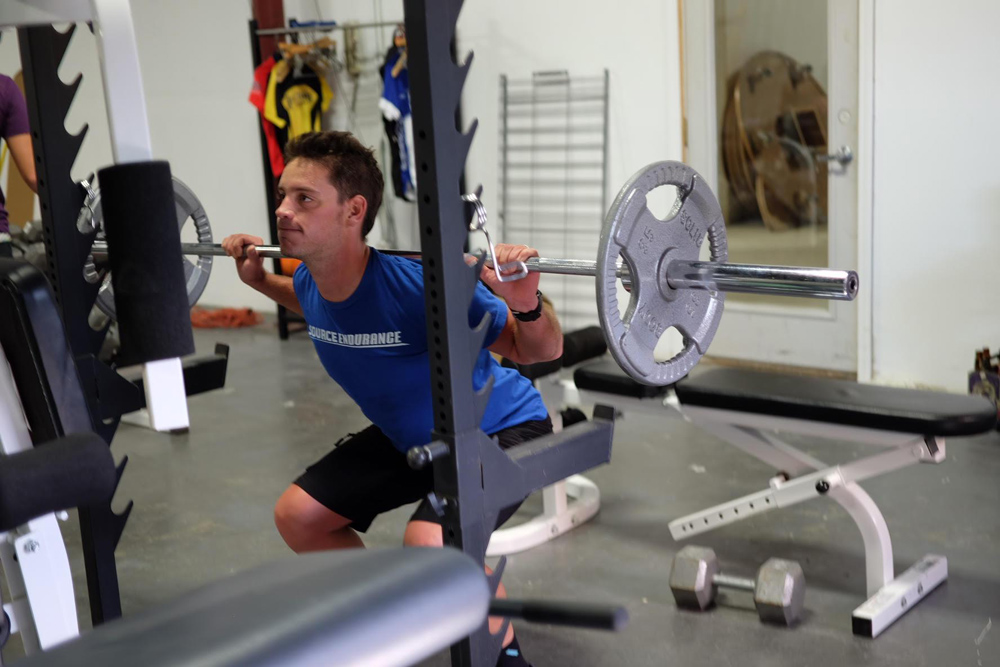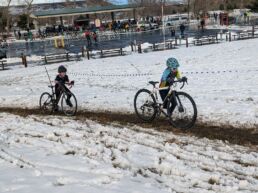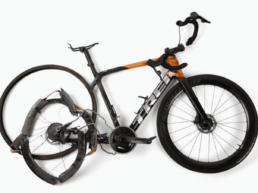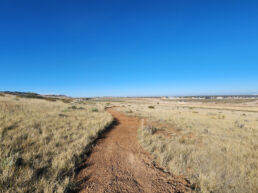Most cyclists (all?) need to spend more time in the gym, especially those of us who have started racing in the Master’s categories. YGR reached out to Level 1 USAC coach Zack Allison to get some tips on strength training and specifically strength training at home. In this multiweek article series, Zack will start with the most common home gym amenities and activities. He’ll then move on to periodization and how to maximize your strength workouts for cycling throughout the season. From there, he’ll look at some potential purchases to enhance your home gym experience and will conclude with plyometrics and how to work that into your protocol. A bonus article will help you stay on task as you’re traveling and using hotel gyms.
Be sure to submit any questions you have for Zack via YGR or to him directly on Instagram.
There’s a ton of studies outlining the benefits of strength training for all types of cycling. There’s studies such as “Maximal Strength Training Improves Cycling Economy in Competitive Cyclists” outlining economic changes to your fitness to reviews and studies covering effects of strength training on men, women, and aging athletes. You’d be hard pressed to find a study where the effects of strength training on a cycling program are not positive. Strength training does not automatically increase body weight. We know strength training enhances your speed, longevity, endurance, and injury prevention. Now let’s look at applying a strength program with what you have access to.
For these articles we’ll break up the potential workouts into three levels. The equipmentless home gym, the modest home gym, and the advanced home gym. Equipmentless being just that, a yoga mat, motivation, and a dream of getting yolked is plenty to meet that goal. A modest home gym usually has some dumbbells, some form of bench, bands, and a mat. An advanced home gym set up may have a squat rack and barbell with weight plates, on top of the modest home gym bits.
Each workout starts with a focus on multi-joint exercises and gets more specific from there. You’ll also notice a vagueness in reps and sets. This is more personal and will change with where you’re at in your periodization and how heavy you’re lifting. You’ll likely run out of weights in the dumbbells and run out of reps in the equipmentless and modest gym setups. A big tip is to track what you’re doing each workout to make sure you’re increasing reps, weight, and periodizing things. Lastly, these are more traditional lifts. Programming in weight training has come a long way in the last few years. There are trainers that have a huge talent for programming and applying creative lifts with the same old equipment. While I’ve held strength and conditioning certifications, I would not consider myself a super modern, creative, programmer. You might find some workouts in here that are new to you but a vast majority of this will be traditional lifts. I encourage you to check out other articles and apps like EverAthlete to enhance creativity and add in new types of lifts to keep things fresh.
A solid start for a workout in an equipmentless gym
Start at 2-3 sets of 12-15 reps or 60 seconds for a timed workout. Increase sets and reps each cycle to prevent stagnation where possible.
Warm up
At least 10 minutes. Jog, fast feet, mountain climbers, get your heart rate up and muscles warmed up. An advantage of an equipmentless gym is that you’re less likely to need a very long warm up as you’re not instantly getting into heavy weighted lifts.
Main Set
- Pushups
- Dips on a chair, table, stairs, bench.
- Body weight squats – adding weight with something heavy, a gallon of water, or small child
- Lunges – increasing reps or speed for added effort
- Leg raises
- Bicycle kicks
- Plank
- Side plank
Advancing this workout
In the second and third parts of this series we’ll add some new movements
- Box jump (on stairs or stoop)
- Jump squats or lunges
- Finding a place to workout with something to perform pull ups on like a park
A workout for a modest home gym
Start at 2-3 sets of 12-15 reps or 60 seconds for timed workout. Increase sets and reps each cycle to prevent stagnation where possible.
Warm up
At least 10 minutes. Jog, fast feet, Jump rope. Get your heart rate up and muscles warmed up. Include a glute specific activation/warm up: standing with bands on ankles and tied to bench or something heavy, abduction leg lift.
Main Set
- Dumbbell squats or goblet squat with dumbbell
- Dumbell rows on bench
- Weighted lunges
- Dumbbell deadlifts
- Triceps extension overhead with dumbbell
- Dumbbell curls
- Planks
- Russian twists with dumbbell or weight ball
- Extra extension leg raise on bench
- Standing oblique crunches with dumbbell
Advancing this workout
- Increasing weight with dumbbells in above movements
- Performing lunges on a bosu ball or balance ball
- Deep weighted lunge on bench or stairs
- Squat to overhead press with dumbbells
A workout for an advanced home gym
Start out at 2-3 sets and 12-15 reps. After 3-4 weeks move to a heavier phase of 2-3 sets and 8-10 reps for 6-8 weeks, and then a heavy phase after that. The major advantage of an advanced home gym is that heavy phase and not running out of weight to lift at lower reps. A warm up is more key to prevent injury here if you go straight into a weighted squat.
Warm up
Jog outside or on treadmill, elliptical, jump rope. At least 10 minutes to get a sweat going. Include glute specific activation/warm up – Standing with bands on ankles and tied to bench or something heavy, abduction leg lift.
Main Set
- Back squats
- Barbell or dumbbell rows on bench
- Weighted lunges
- Deadlifts, barbell or trap bar
- Triceps extension dumbbell or machine
- Dumbbell Curls
- Russian twists with dumbbell or weight ball
- Roman chair back extension and crunches
- Leg raises on roman chair or dip chair
Advancing this workout
- Increasing weight on squats, increasing velocity
- Deep weighted lunge on bench or stairs
- Deepening lifts on Box
- Box jumps
You’ll find that the workouts are more traditional lifts and that there is not a crazy difference in lifts between the modest home gym and the advanced home gym. The advantages of the advanced home gym being the capacity to increase weight. As you get into heavier back squats it gets harder and harder to have heavy enough dumbbells in a modest home gym so you may get maxed out and have to keep increasing reps on bigger lifts. In later articles we’ll cover a move to plyometrics to help prevent stagnation especially in the equipmentless and modest home gyms.
Again, be sure to submit any questions you have for Zack via YGR or to him directly on Instagram.
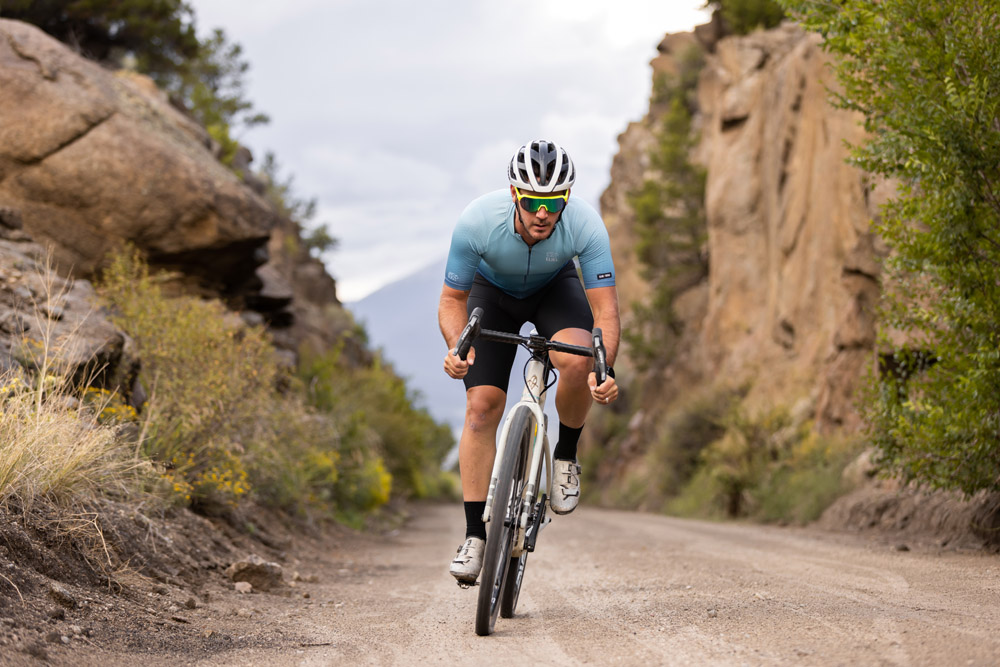
Zack Allison is a Level 1 USAC coach with Source Endurance and races professionally with his wife on their Bike Sports gravel team. Zack specializes in road, gravel, mtb, and cx, coaching, as well as bike fitting and blood lactate testing. You can schedule an appointment to meet with Zack in his fit studio located in Brave New Wheel here in Fort Collins.
If you enjoy this content and appreciate the hustle that goes into YGR please consider supporting the site.
